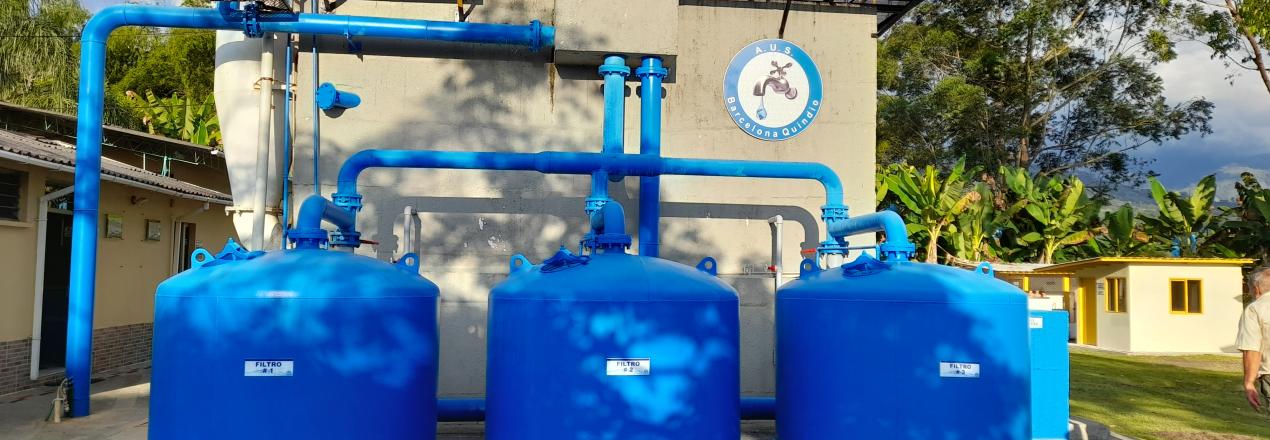
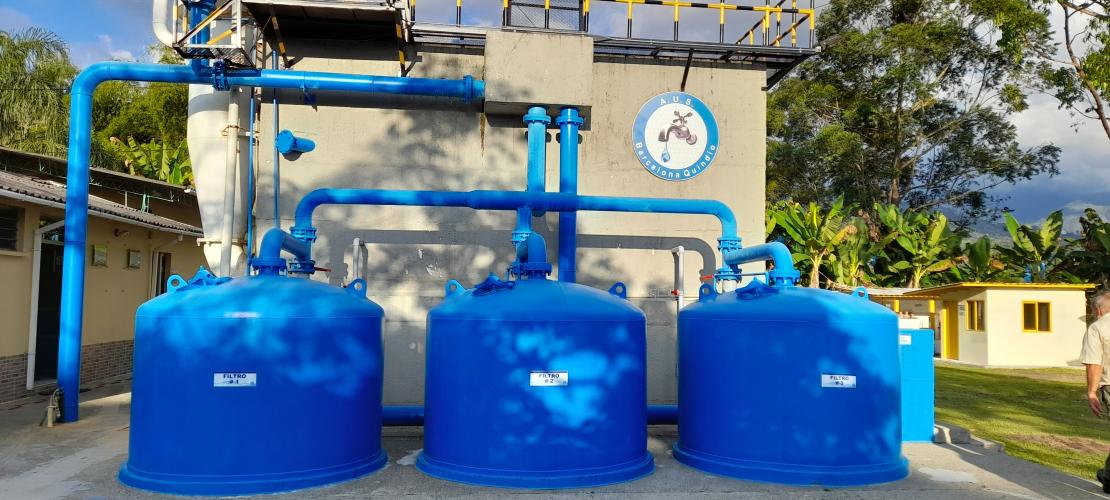
SIASAR is an information tool on rural water supply
and sanitation services in a country.
SIASAR Honduras
SIASAR - Sistema de Información de Agua y Saneamiento Rural - is a joint initiative initiated by the governments of Honduras, Nicaragua and Panama whose strategic objective is to have a basic, updated and contrasted information tool on the existing rural water supply and sanitation services in a country. The SIASAR system is open and ready for application in more countries with a rural water and sanitation context similar to that of the initial SIASAR countries (low levels of coverage, limited self-sustainability, little information, etc).
SIASAR is an information tool on rural water supply and sanitation services in a country.
- SIMPLE: as little information as necessary, but no less.
- INSTITUTIONALISED: framed within sector processes and responsibilities.
- PUBLIC: open and transparent to all actors.
- HARMONISED: adapted to each country context but harmonised to ensure comparability and the exploitation of economies of scale.
- ADAPTIVE: responsive to the needs of communities, different levels of government, and the various sector actors and non-governmental organisations.
- FLEXIBLE: with the ability to evolve to adapt to future changes and requirements.
- MODERN: using the latest technology to simplify collection processes.
- EXPANDABLE: developed with expansion to new countries and regions in mind
SIASAR es una plataforma de información para la gestión, planificación y seguimiento del sector del agua y el saneamiento rural. En esencia, SIASAR pretende ser una herramienta de apoyo a la toma de decisiones (DS), y se define a partir de un conjunto de indicadores que se agregan en un número reducido de índices o dimensiones.
El nuevo SIASAR proporciona una descripción más completa del nivel de los servicios de agua y saneamiento, basada en indicadores e índices más fiables y precisos.
Este esquema de clasificación se basa en la premisa que la sostenibilidad disminuirá, es decir, descenderá de A a D, si un servicio no recibe la atención necesaria y cuidados necesarios para mantener una funcionalidad óptima. Como como tal, los esfuerzos del sector deben centrarse en garantizar la máxima clasificación posible o aumentar los esfuerzos cuando se produzca una disminución de la clasificación. Todos los índices indicadores y datos recogidos sobre el terreno deben alimentar la Métrica de la Sostenibilidad. Este método de construcción de un modelo ha servido de base para todas las iteraciones del sistema.
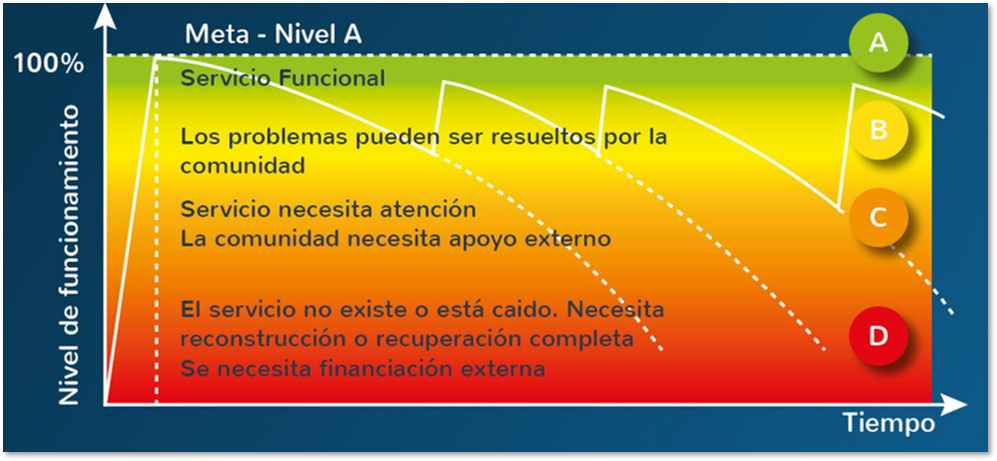
La nueva propuesta se basa en un conjunto de índices agregados. En un primer nivel, el SIASAR está compuesto por un conjunto de indicadores (60) que se clasifican en 24 componentes, que a su vez se agrupan en un número reducido de dimensiones (7):
- Nivel de Servicio de Agua (NSA),
- Nivel de Servicio de Saneamiento e Higiene (NSH),
- Estado de la Infraestructura de Agua (EIA),
- Prestación de Servicios (PSE),
- Escuelas (ESC),
- Centros de Salud (CSA),
- Prestación de Asistencia Técnica (PAT).
A un nivel superior, las dimensiones anteriores se agrupan en un índice agregado: el Índice de Desempeño de los Servicios de Agua y Saneamiento (IAS). Este marco conceptual, sin embargo, ha sido ligeramente modificado y en realidad excluye las dimensiones ECS, CSA y PAT en la formación del índice agregado IAS.
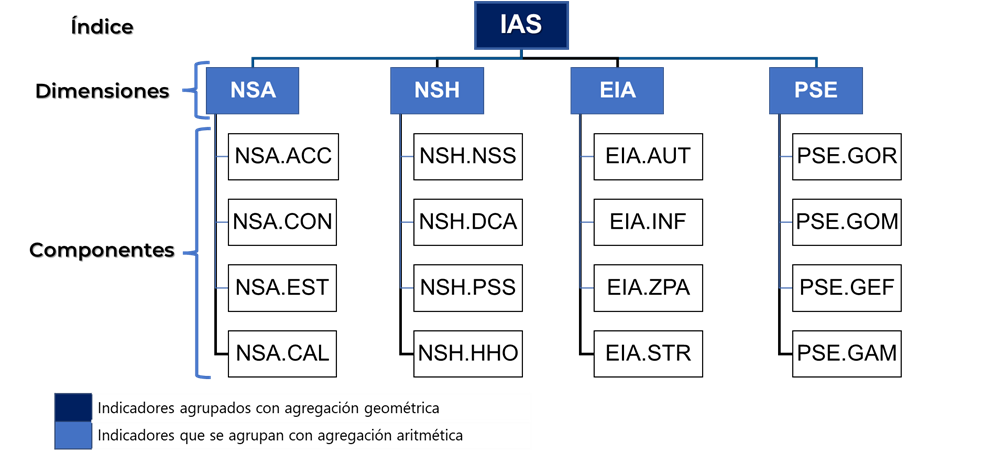

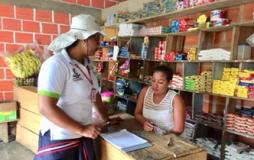
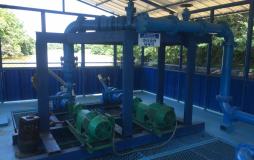
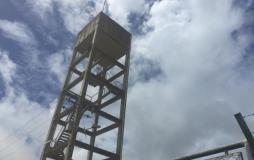
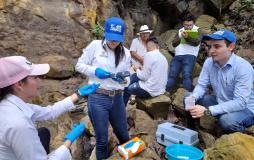
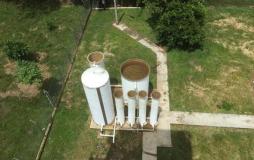

SIASAR is an open system that can be applied in other countries provided they have a similar water and sanitation context to SIASAR founding countries (low levels of coverage, limited self-sustainability, little information, etc.).
Data gathering: It spells out an accurate methodology to gather data directly in the field using mobile devices.
Data validation: To ensure quality of the data, they are validated before final data uploading.
Information queries: The core of SIASAR is its consultation and analysis capabilities. SIASAR has designed a series of indicators and a classification system on the status of each of the sector’s elements.
Publication and use of information: SIASAR includes the option for exporting data in several editable formats, allowing their widespread use and guaranteeing that all agents can harness them as a baseline for their plans and projects.